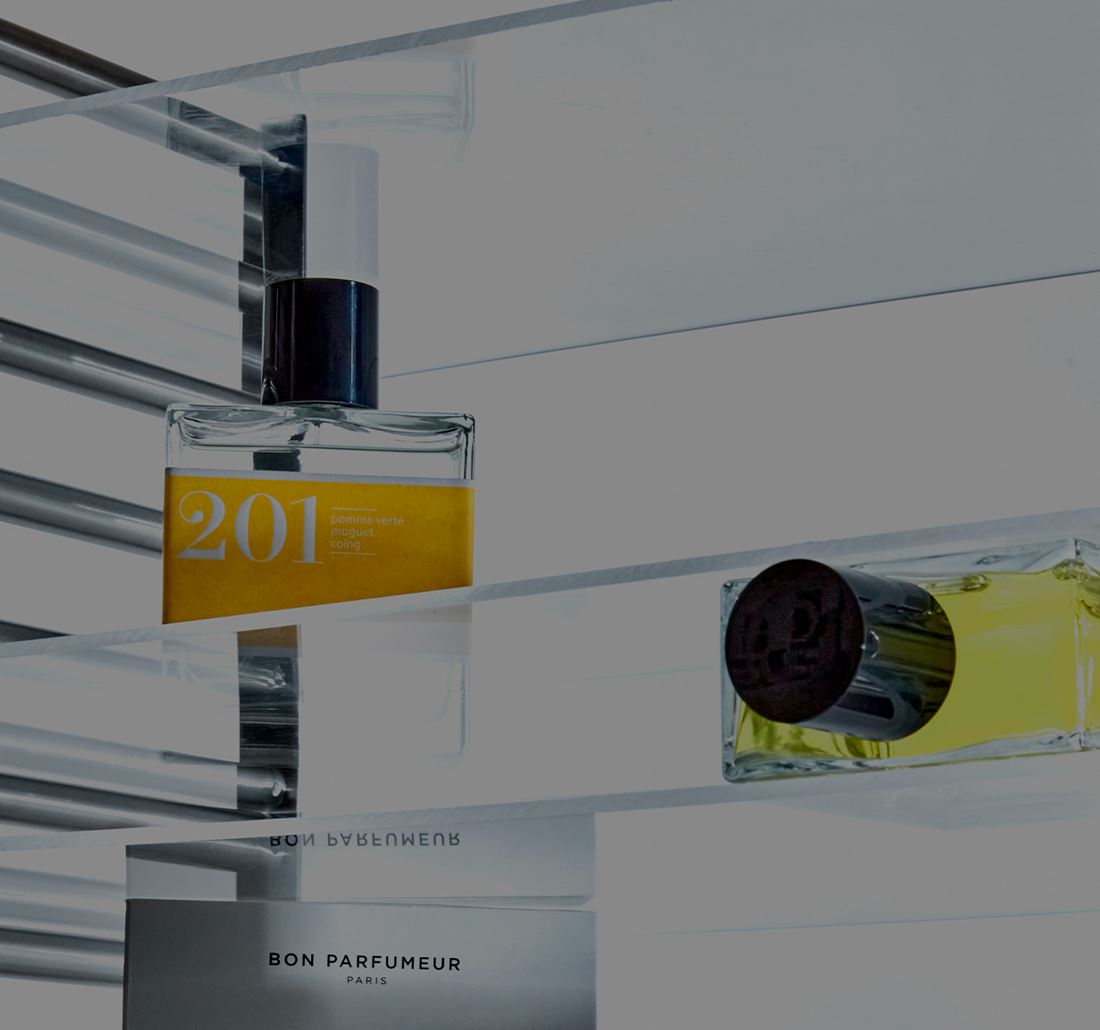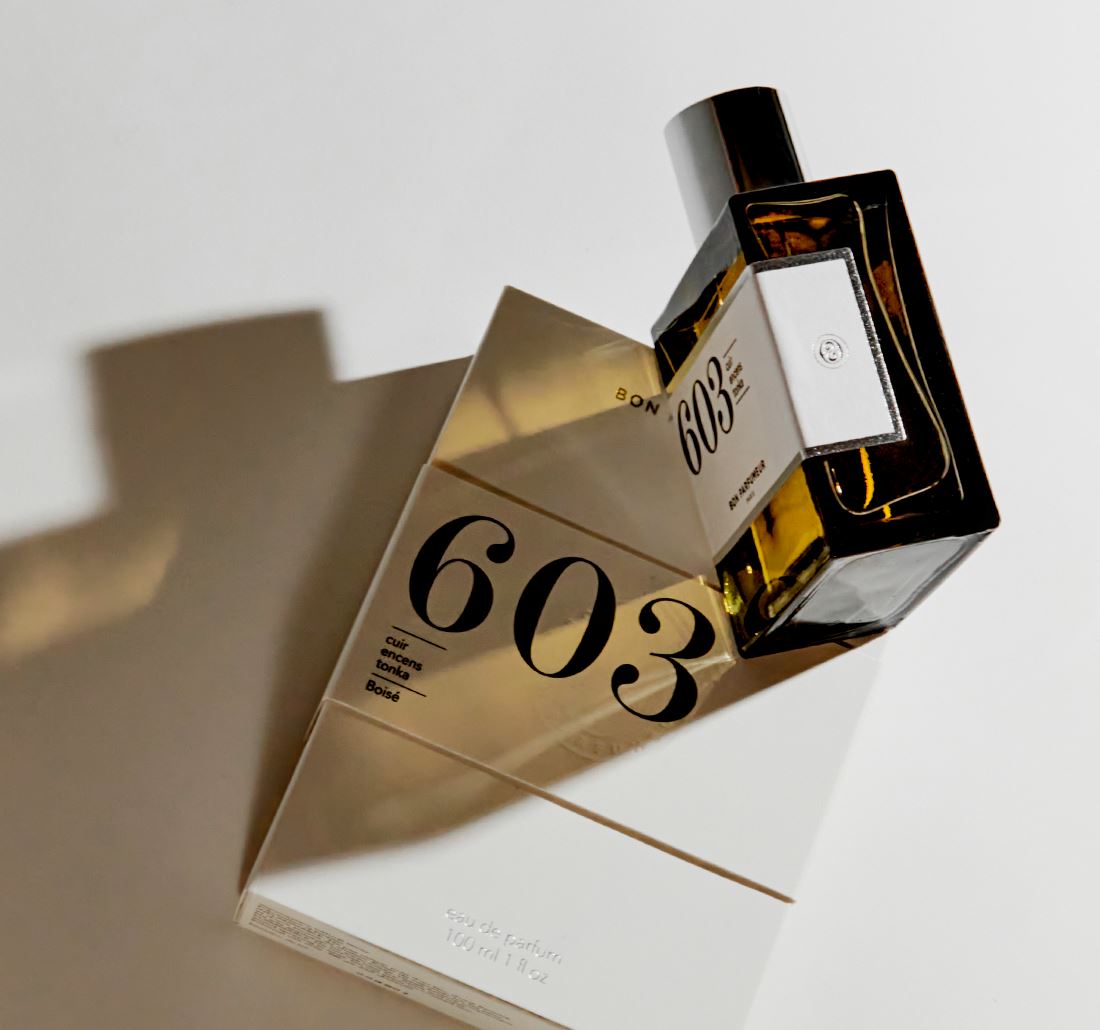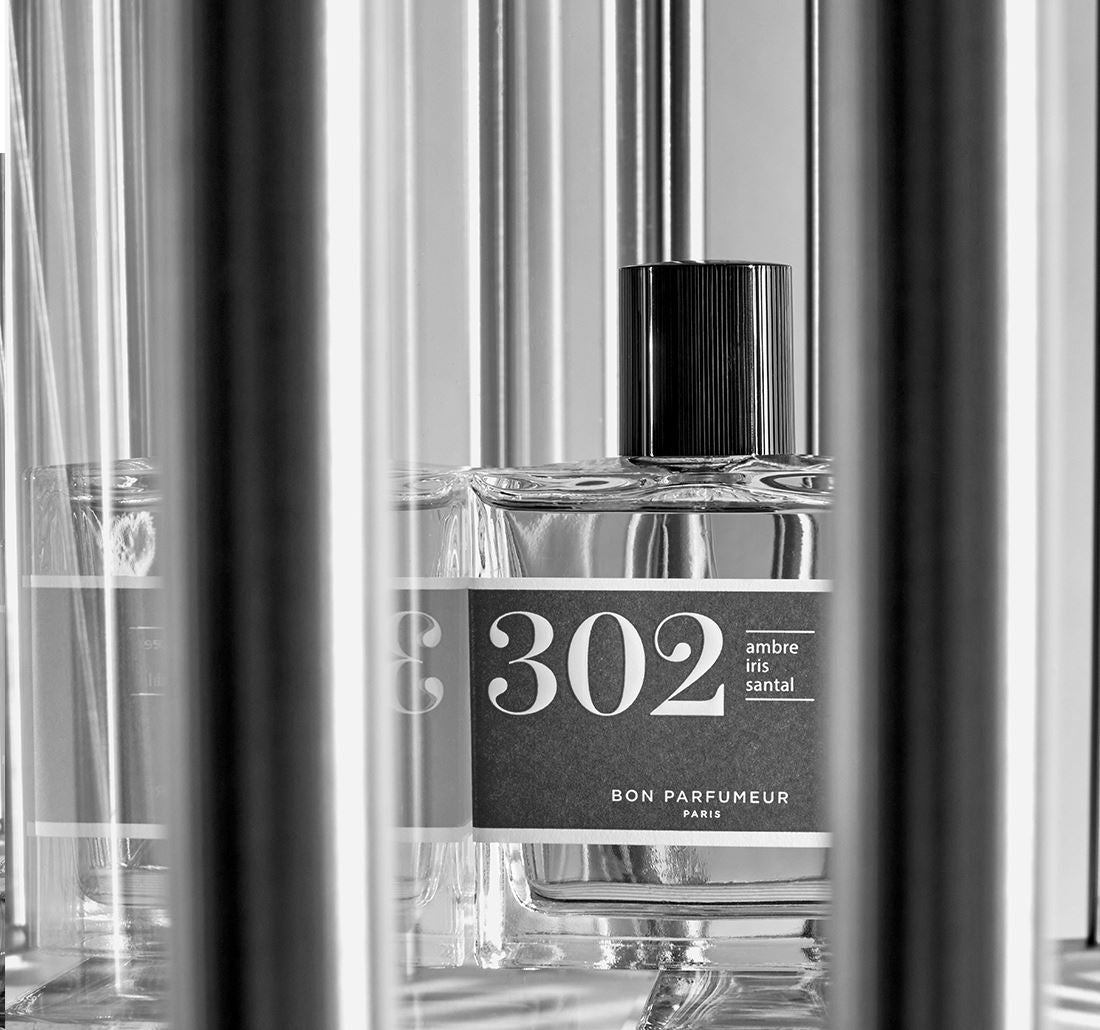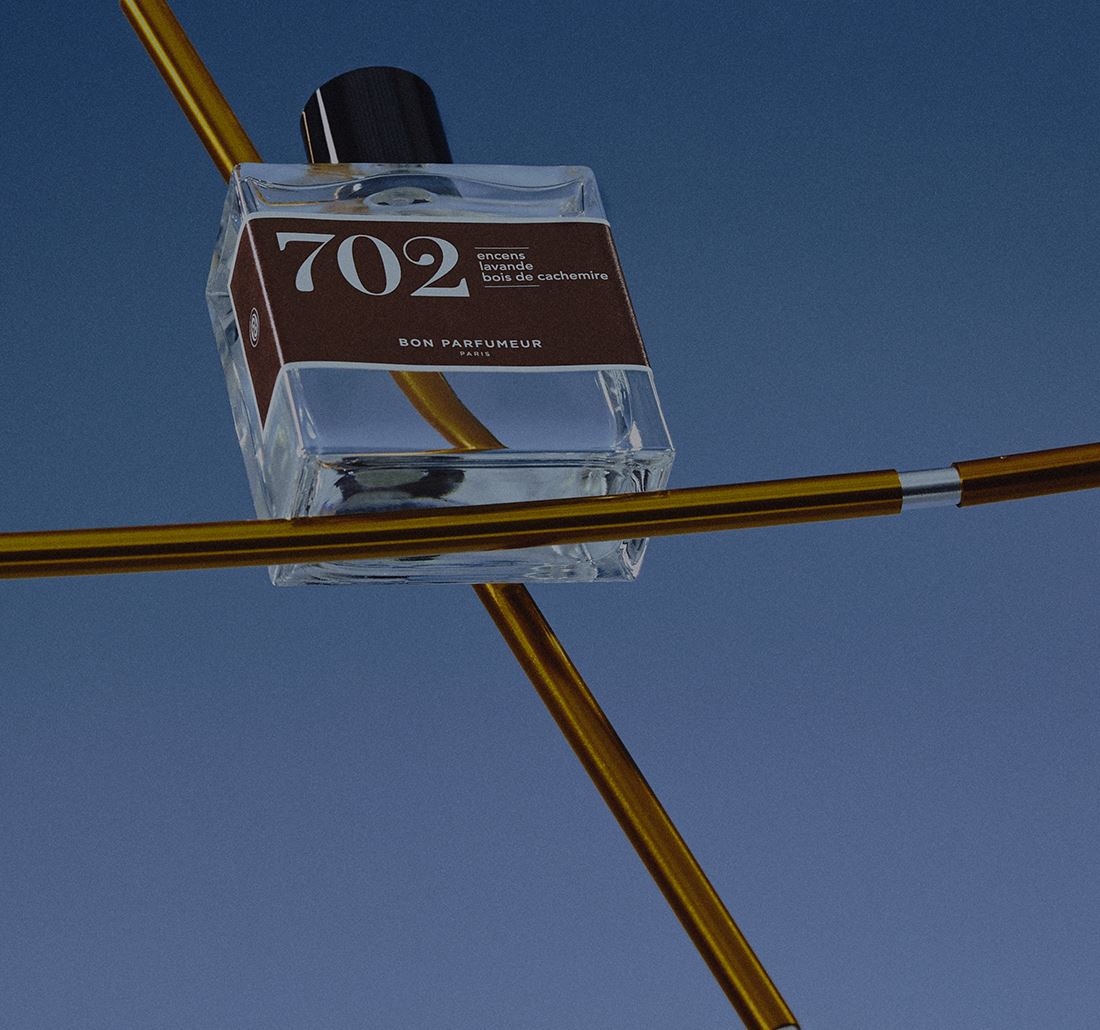SUMMARY
01. What is distillation?
02. What quantity does a still produce?
03. What is extraction?
04. What are the different stages of extraction?
05. How are products extracted from plants used?
06. Synthetic fragrances in brief
Making a perfume is a complex art. There are different ways to make a perfume, but if it is to be a success, careful attention must be paid at every stage. Our perfumers work with quality products from all over the world. Discover the several techniques used to make perfume in this blog.
What is distillation?
This technique to make perfume requires specific knowledge and equipment. The still is a tank made of steel, topped with a coiled pipe. It is a vital piece of equipment that’s used to heat the mixture with water in a controlled manner. When heated, the tank is pressurized: this encourages steam to pass through the coiled pipe. This steam carries the odorous molecules of the plants (or other materials) in the tank with it and then condenses in the pipe; when it cools, this produces scented water and the essential oil which are then decanted.
What quantity does a still produce?
It all depends on its size, of course! The volume of plants in the tank is measured and between 5 and 10 times this volume of water is added to the tank. The time needed for distillation varies, depending on the temperature required for the process and the size of the still. The type of plants used can also affect the time needed for distillation. It should be noted that the quantity of essential oil collected at the end of the process is infinitely smaller than the quantity of plants used to make it. On average, it’s estimated that 200 kilos of lavender are needed to make 1 kilo of lavender essential oil and 3,000 kilos of rose petals are required to make 1 kilo of rose essential oil: that’s why these products are so valuable.
What is extraction?
Extraction is a technique for extracting raw materials; it involves infusing plants in a mixture of solvent and water at a high temperature. The most commonly used solvents are ethanol, methanol, benzene and carbon dioxide. Oil was used in the past, but solvents make the production process easier. Moreover, after evaporation, these solvents disappear completely from the final product. Each different type of plant is suited to a particular solvent. For example, carbon dioxide is used for plants or berries that produce more subtle notes with this type of extraction. It is also used for spices to obtain a clearer and more delicate scent. Carbon dioxide is a natural solvent and is environmentally friendly. Plants do not need to be heated unnecessarily when using carbon dioxide; this ensures that their olfactory quality is unaffected.
What are the different stages of extraction?
The technique of making perfumes by extraction involves several stages. Firstly, the plants must be heated with a mixture of solvent and water: the steam that is produced leaves a wax. This product is called the “concrete”.
It is then mixed with alcohol, heated again and cooled. This process removes the slightly oily paste from the “concrete” to obtain what’s known as the “absolute”.
Cold expression is used to produce the essences of citrus fruit.
How are products extracted from plants used?
Generally, the essential oils produced by distillation are used as top notes in perfumes, except for woods which are usually used as base notes. These are the scents we smell first, such as the orange blossom in our Perfume 001, or bergamot, extracted by expression in our Perfume 601. Absolutes are generally used as base notes. This is the scent that stays longest on the skin.
Synthetic fragrances in brief
Some scents are impossible to extract or distil, such as lily of the valley. To include the fragrance of lily of the valley in perfumes, it must be made synthetically. Different scents are then mixed together to create the perfume that we recognize as lily of the valley, although it doesn’t come from the flower itself. Conversely, patchouli cannot be made synthetically and always comes from plants. Its olfactory structure is very complex and it’s impossible to recreate such complexity in the laboratory.
Techniques for making perfume including enfleurage, carbon dioxide extraction and headspace technology are different but can all be used to create original fragrances by combining the scents of the plants they produce. Billions of olfactory possibilities are available to you.
If you want to find out how to make an eau de toilette, how to make an eau de cologne or custom perfumes, you’ll find all the information you’re looking for in our articles on these subjects. You can also learn more about perfume concentration, perfume extracts, eau de senteur and how to make your own perfume by reading our articles.















